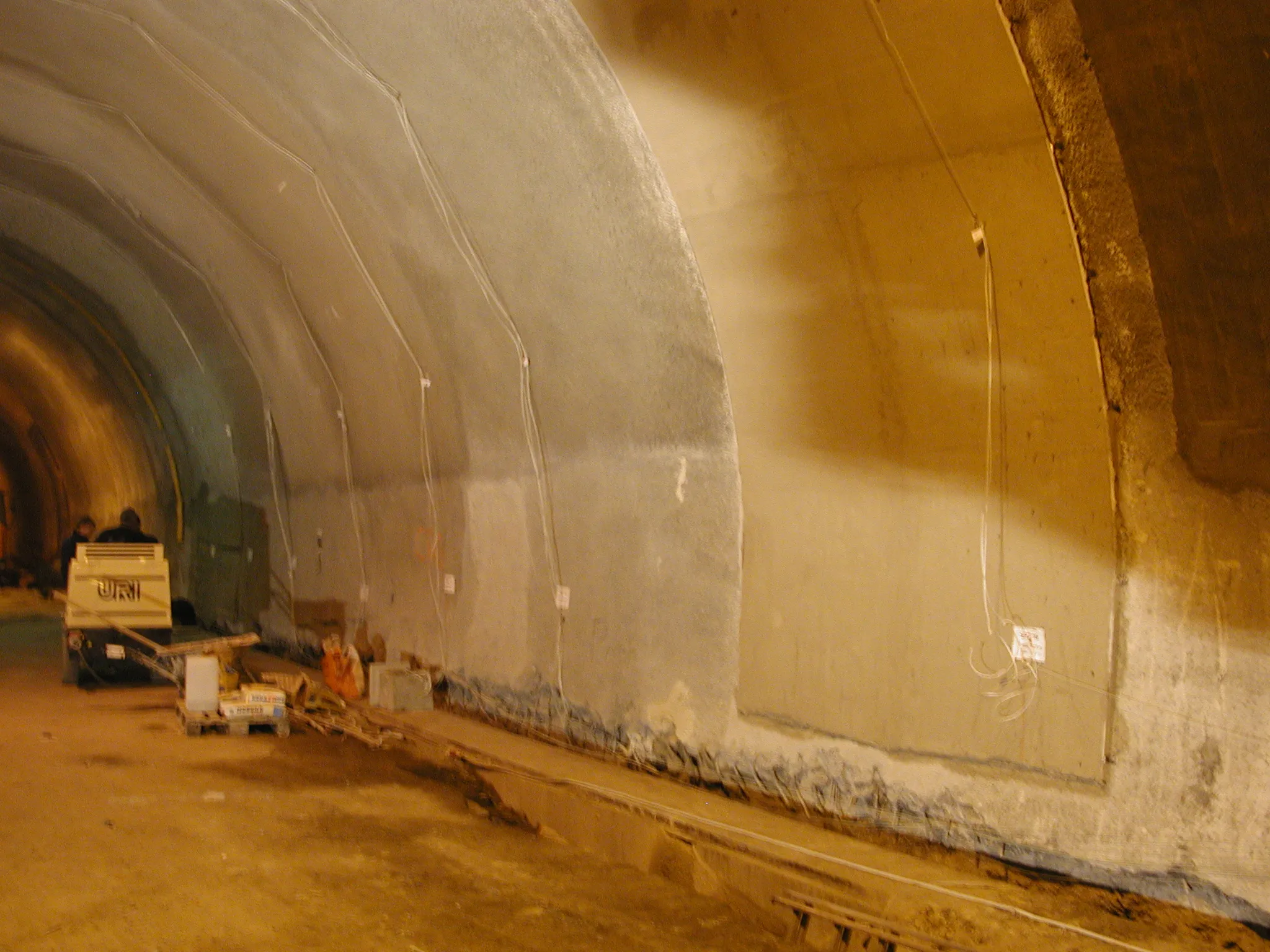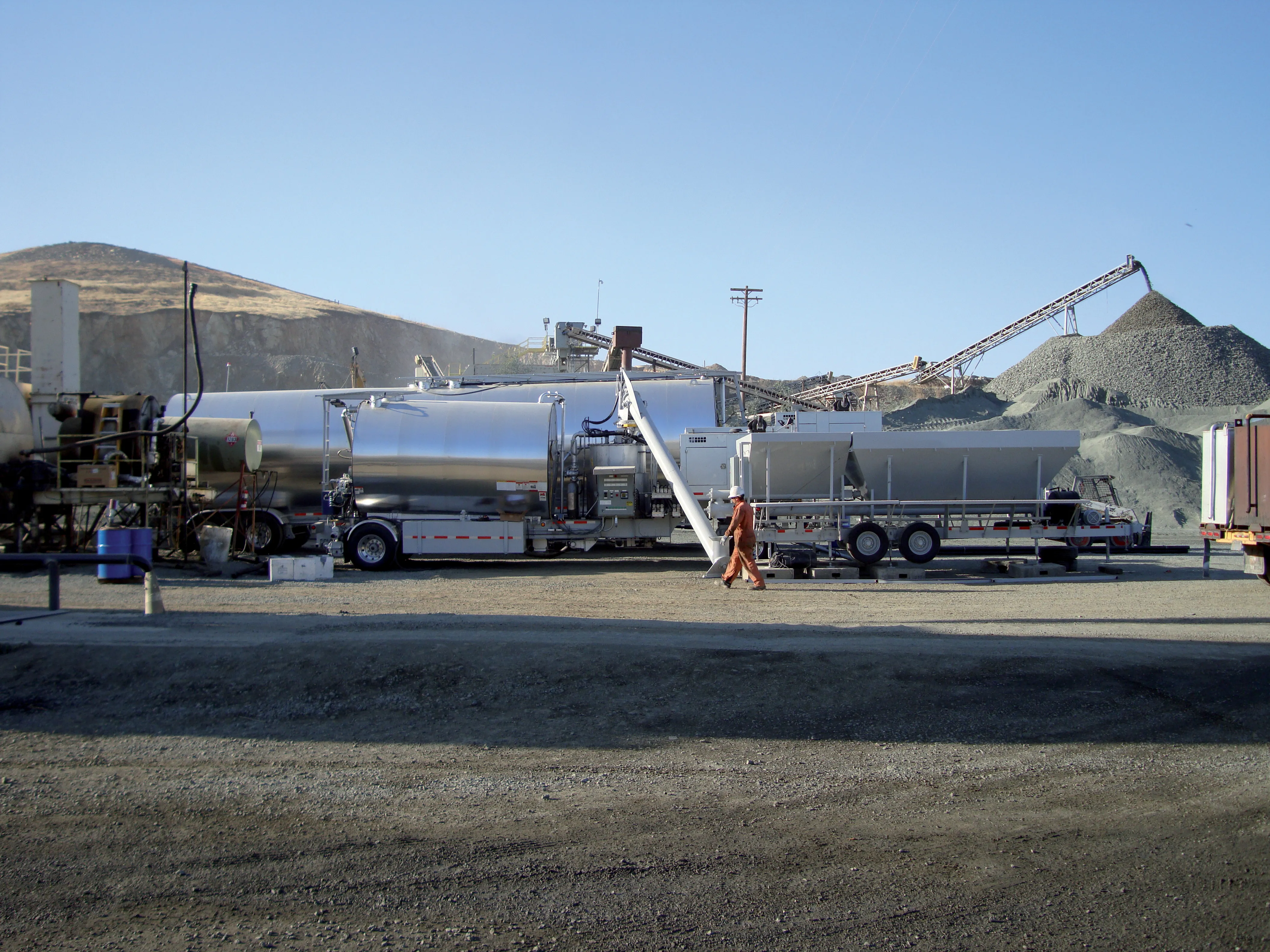
The 135 is ideal for concrete tunnel lining and ventilation shafts, escape tunnels and refuges as well as critical systems such as water mains and communication cables. Unlike most other products, it can withstand repeated and prolonged exposure to the high-temperatures found in tunnel fires. It can be installed onto concrete or metal substrates using standard spray equipment and features very low spraying wastage during installation.
Single-layer application makes it fast and easy to install. It is adhesive to most construction materials and can be installed quickly, helping to reduce labour costs while maintaining the final product’s quality and proven reliability. Adhesion strength is typically eight times its weight. It can be trowelled flat to provide a high-quality surface finish that can be the final tunnel lining surface, with optional painting. This avoids the need for expensive secondary cladding. The material can also be cast into sheet-form and installed as a dry board or shaped for applications where spraying is not convenient.
Comprehensive and extensive testing of FireMaster FireBarrier 135 per the RWS fire curve, and required by NFPA 502, has proven that the material resists harsh environmental conditions found in tunnels. It is also resistant to water jet-spray used to clean tunnel lining and will not spall when subjected to water hose-spray at high temperature.








